Ironman Tips: Hydration & Nutrition
As an eight-time Ironman-class winner at Transmoto Enduro Events, Kye Anderson obviously knows a thing or two about physical endurance. But Anderson will be the first to admit that his success has much to do with his partner, Lesley Flanagan, a Bachelor of Exercise and Sports Science graduate who now runs her own business, Peak Strength & Performance, which specialises in strength and conditioning. Having supported Kye at Hard Enduro events around the world (and seen a lot of riders get it dangerously wrong with their physical preparation), Lesley put together this top-line hydration and nutrition advice for riders looking to survive and thrive at multi-hour enduro events.
Over to you, Lesley.
As motorcycle riders, you spend hours maintaining your bikes and ensuring that the correct fuel and fluids are used in it. Well, the same should apply to you. You cannot expect speed, consistency, and stamina if you’re fuelled by a carton of beer and a packet of Twisties. Nutrition and hydration for performance is highly individualised (based off bodyweight) and should be done under the guidance of a professional, but there’s some general pointers that need to be followed…
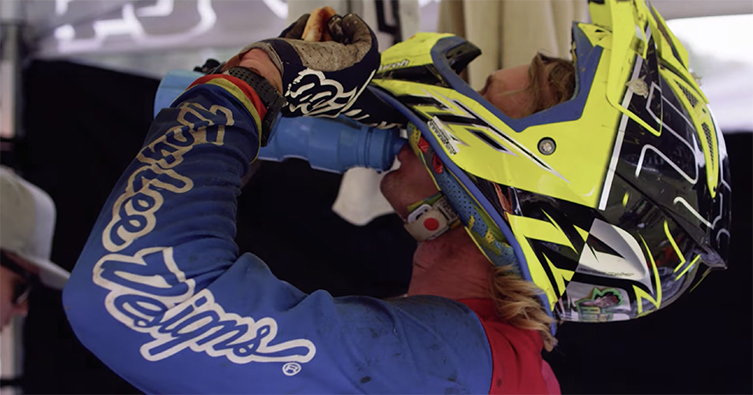
HYDRATION
Hydration status has just as dramatic an impact on exercise performance as race-day nutrition does. Your body is made up of 60% water. On race day, a decrease in your body mass by just 2% has been shown to impair performance by a massive 7 to 29%. If you were racing the Transmoto 12-Hour, just think how much that decrease in performance will be compounded over the course of the day.
Perspiration rates can vary a lot and are often exacerbated by environmental conditions, so this should always be taken into account. The colour of your urine will provide a strong indication of your hydration levels (it’s best to aim for the colour of champagne!). If the frequency of urination is more than normal and appears very diluted, you may be on track to becoming over-hydrated, which can be just as dangerous as dehydration. Typically, athletes at the front of the pack have a tendency to become dehydrated, while those at the back can become too fixated on hydration and run the risk of over-hydrating.
Nowadays, sports supplements and drinks are everywhere and are boldly marketed. Aim to consume an electrolyte drink that has a high electrolyte profile, without the sugar. While other minerals (potassium, calcium and magnesium) are important, sodium is at the top of the food chain and should be the highest in content.
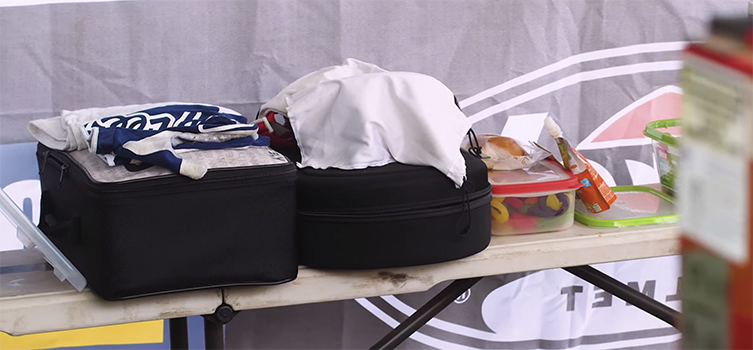
NUTRITION
Everybody loves carbohydrates, and carbs are king for sporting performance. While protein and fat can provide energy to perform physical activity, carbohydrates are most efficiently used by the body, and they’re the only source that can be broken down rapidly to provide energy during high-intensity exercise (a sprint lap, hillclimb or moto). The amount of carbs required to be ingested depends primarily on the duration and intensity of the sport. If competing at a high intensity for less than 60 minutes, eating food during exercise isn’t a necessity. In fact, a sugar mouth-rinse has been proven to provide enough energy without a decrease in performance. The Transmoto Ironman events are a completely different kettle of fish, and are considered an ultra-endurance event as they exceed the four-hour mark.
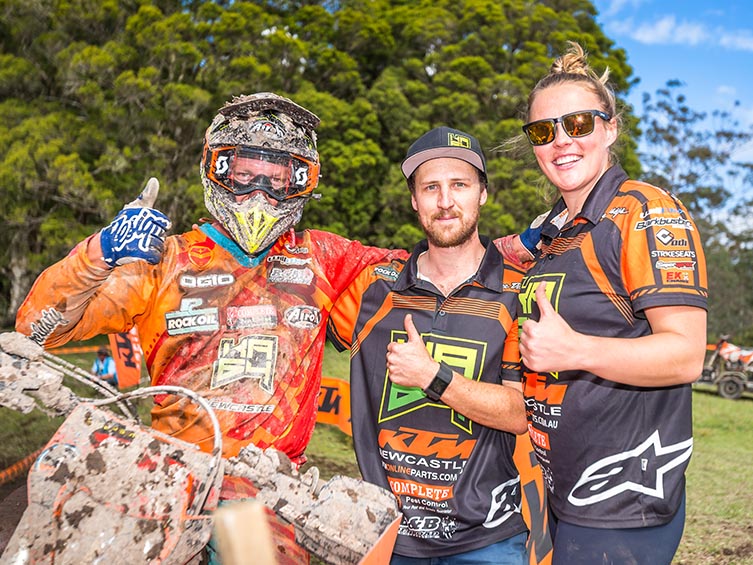
Carbohydrate loading, a method by which an athlete overloads the body with carbs in an effort to increase the glycogen stores within the muscle, has been proven time and time again to be effective in delaying the onset of fatigue and the horrid feeling of ‘hitting the wall’. However, carbohydrate loading is largely done incorrectly, and is most effective when combined with an exercise taper (reduction in exercise prior to competition). The volume of food required to be consumed in the recommended 48 hours prior to an event can be a little daunting. For instance, in preparation for a Transmoto Ironman event, Kye Anderson will consume approximately four times the amount of carbohydrates that he would on an average day. By the end, he is pretty much being forced to eat, but each time it allows for consistency and stamina come race day.
While race-day nutrition isn’t going to be your healthiest day that week, it isn’t an excuse to go crazy and eat all the junk food in sight. Avoid foods that are high in fat as these will increase digestion and decrease muscle metabolism. Stay away from foods high in fibre to prevent any further gastrointestinal distress. A few good options are simple sweet sandwiches (jam, honey), brioche rolls, savoury sandwiches (peanut butter, vegemite), bananas, grapes, strawberries, pancakes, sport energy gels, fruit squishes (similar to baby food) or jelly. The list goes on and is totally dependent on taste, but my strong recommendation is to consume some form of solid food (brioche roll with jam) at a minimum of three of your pit stops. This will help to prevent any stomach cramps/distress from consuming energy gels and the like.
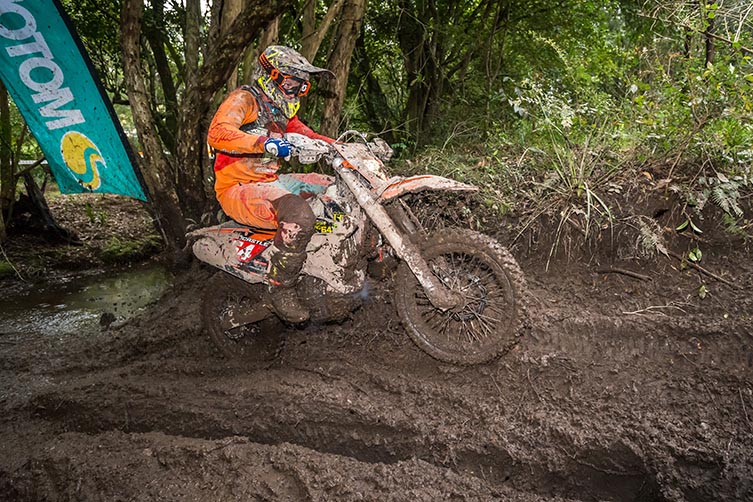
TAKEAWAY POINTS
- Develop a routine for pit stops because skeletal muscles can only store enough glycogen for no more than 90 minutes of physical activity.
- Optimal fluid intake is 0.4 to 0.8 litres per hour. Pit stop timing should be developed around fuelling – both the bike and, most importantly, you!
- Do not test nutrition and hydration strategies on race day. These methods should be fine-tuned and familiar to both yourself and your pit crew prior to race day.
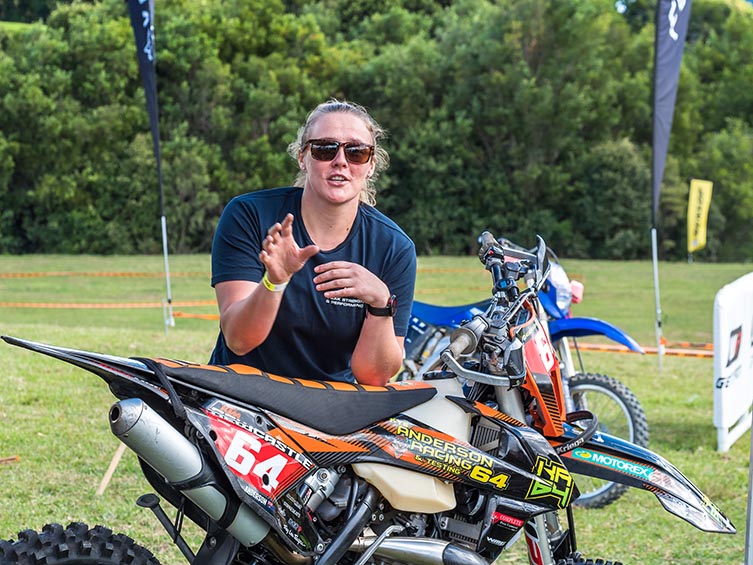
WANT TO KNOW MORE?
If you’d like more detailed information about hydration and nutrition or a personalised program, contact Lesley Flanagan (B.ExSS. ASCA Level 1) on:
Email: peakstrengthandperformance@gmail.com
Mobile: +61 (0)448 947 694
Facebook: Peak Strength and Performance
Instagram: @peakstrengthandperformance

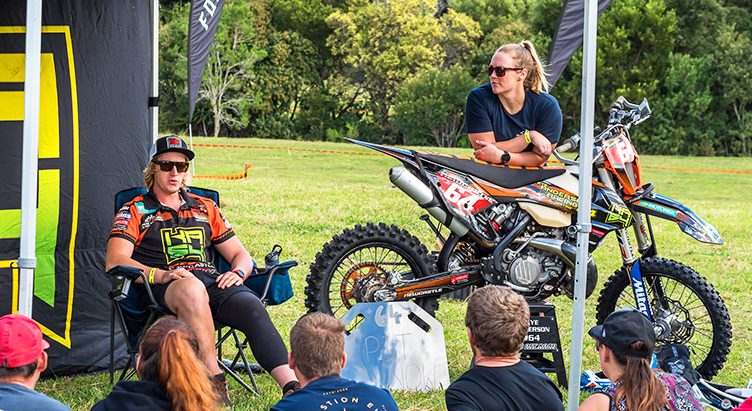
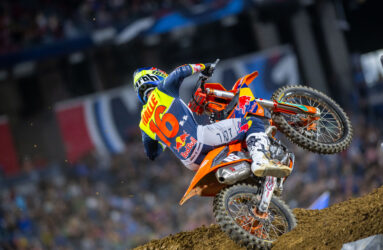
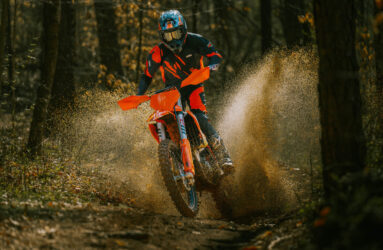
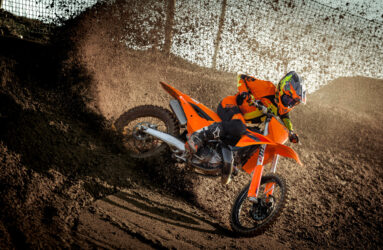
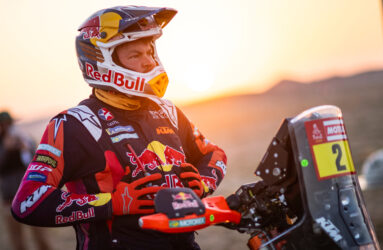
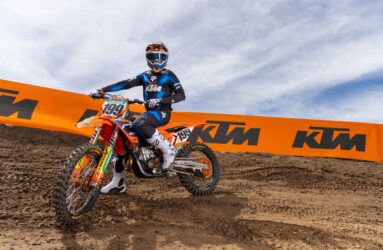
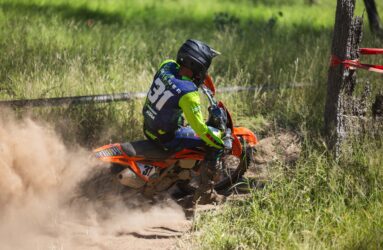
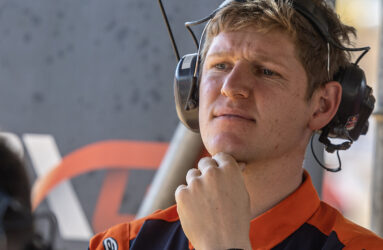
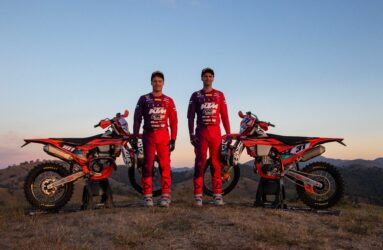
Be the first to comment...